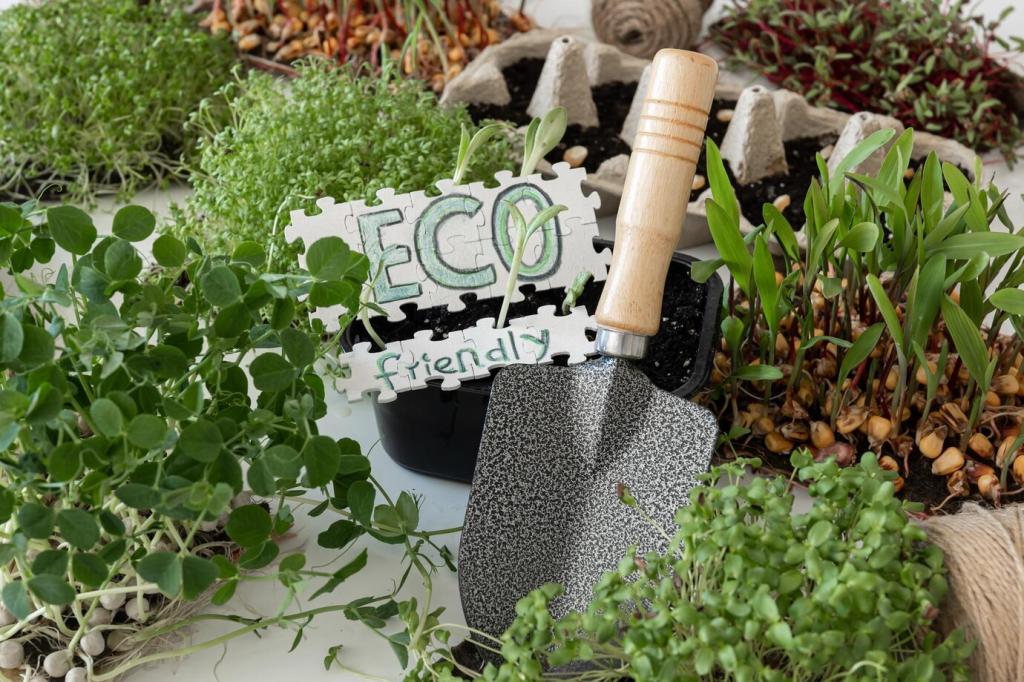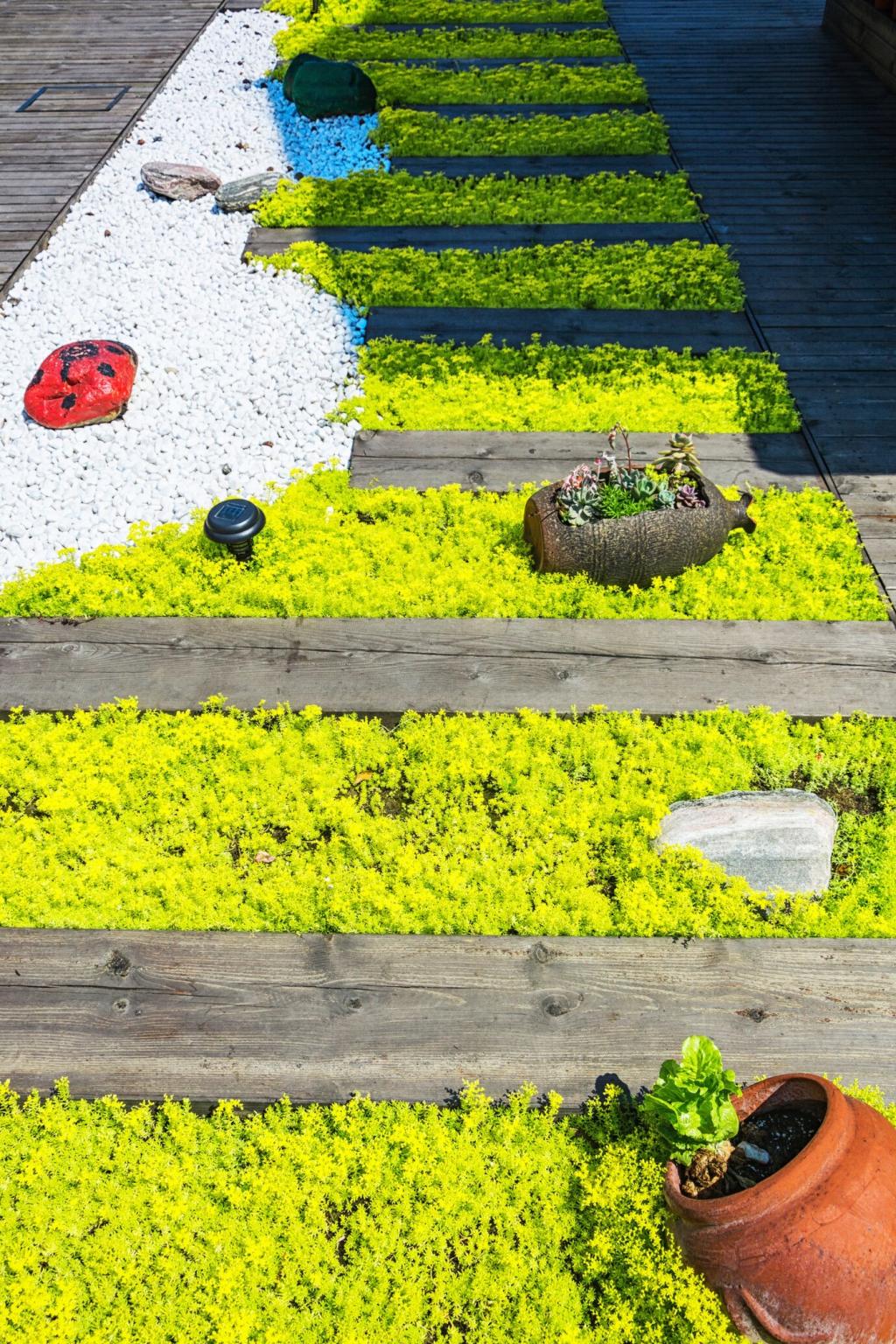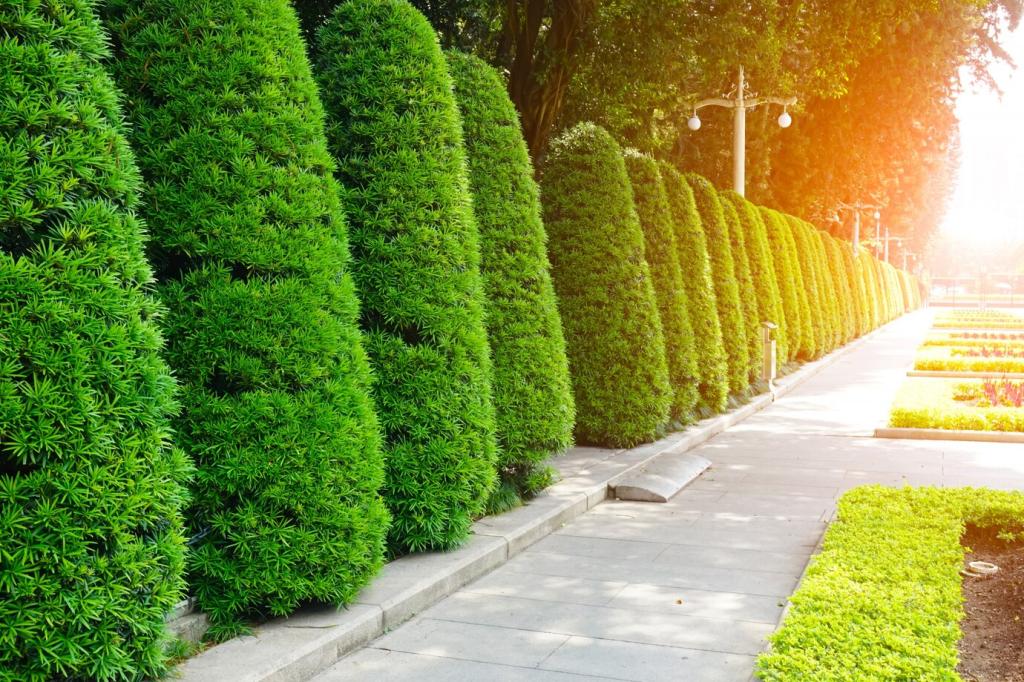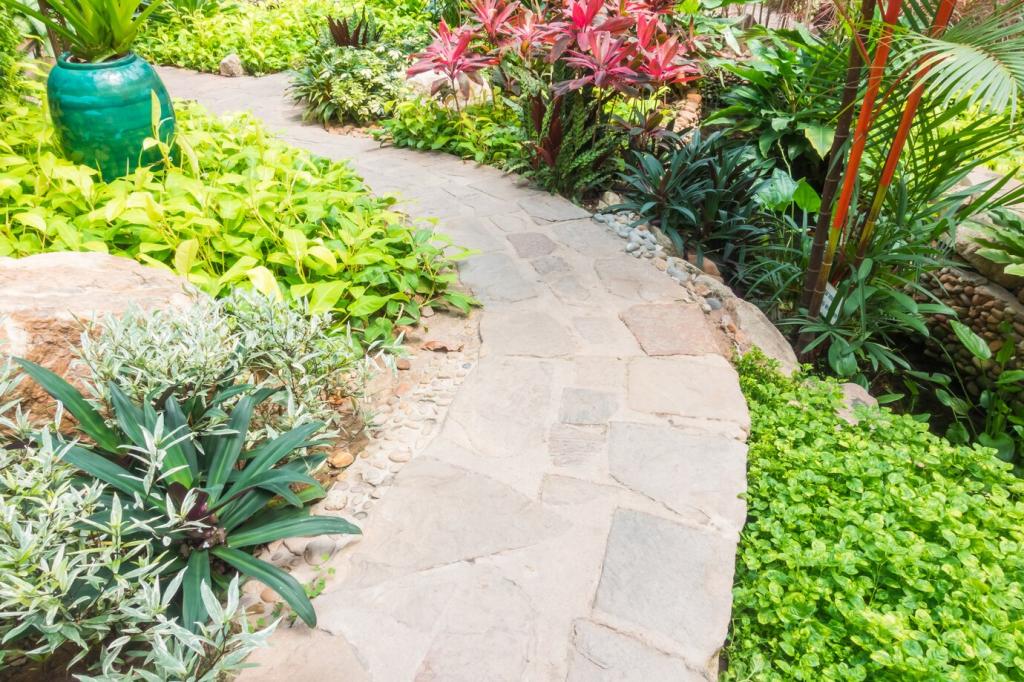What Makes a Plant Truly Drought-Resistant?
From silver, reflective foliage and aromatic oils to deep taproots and succulent tissues, drought-resistant plants excel at storing moisture and lowering transpiration. These traits inform confident selection, ensuring long-term beauty with minimal irrigation.
What Makes a Plant Truly Drought-Resistant?
Map hot walls, breezy corridors, shade pockets, and reflective surfaces to place tough plants where they perform best. Careful observation turns sun traps, wind funnels, and dry corners into thriving, low-water showcases that invite compliments and curiosity.






